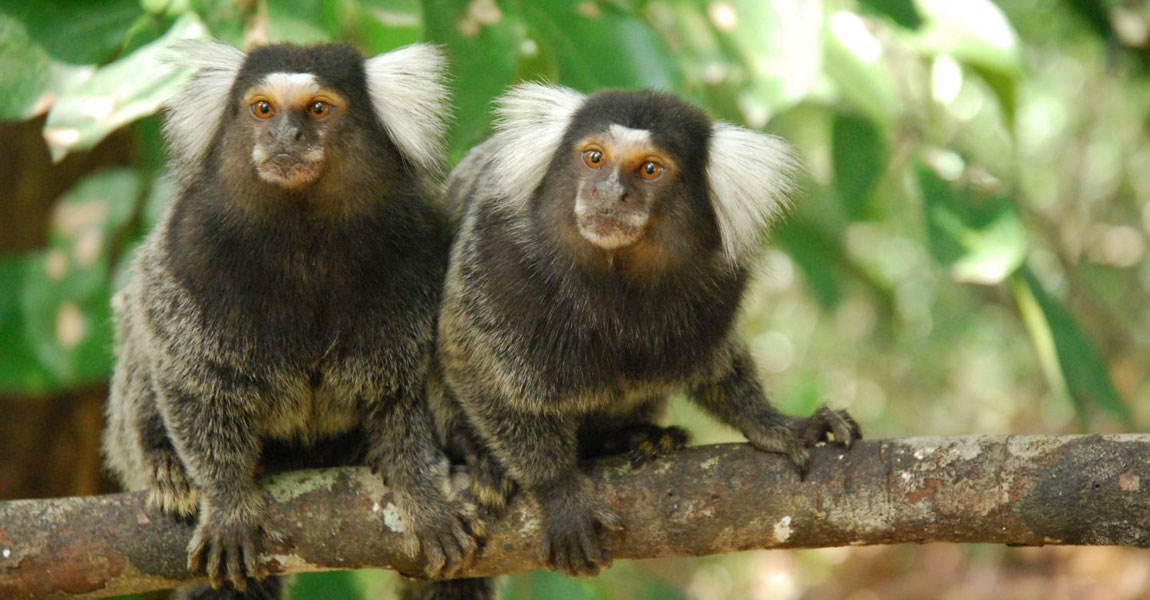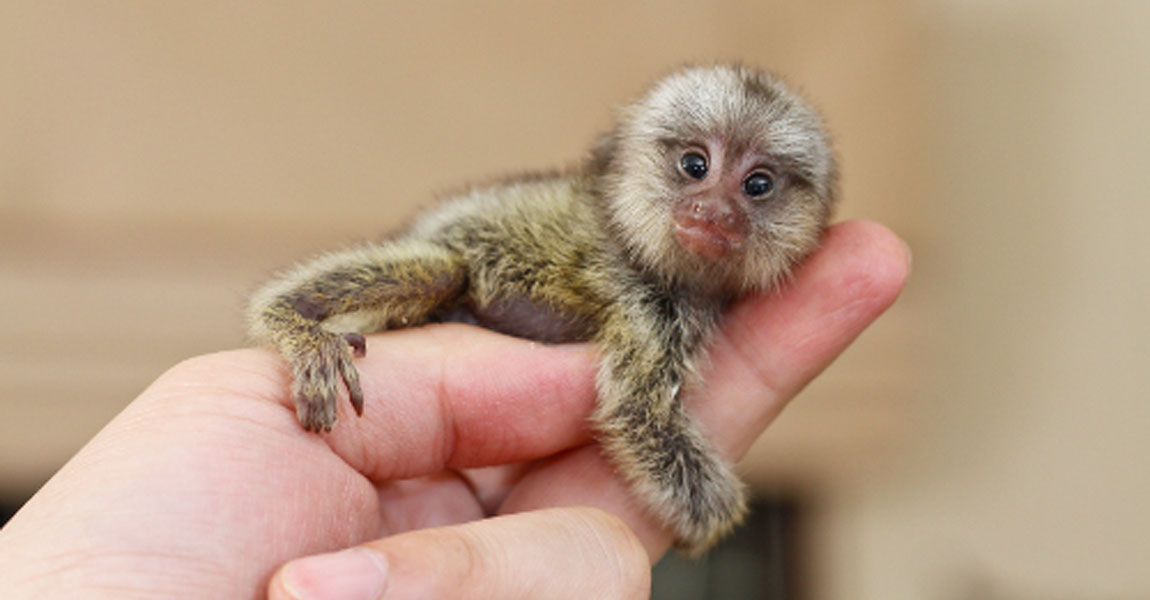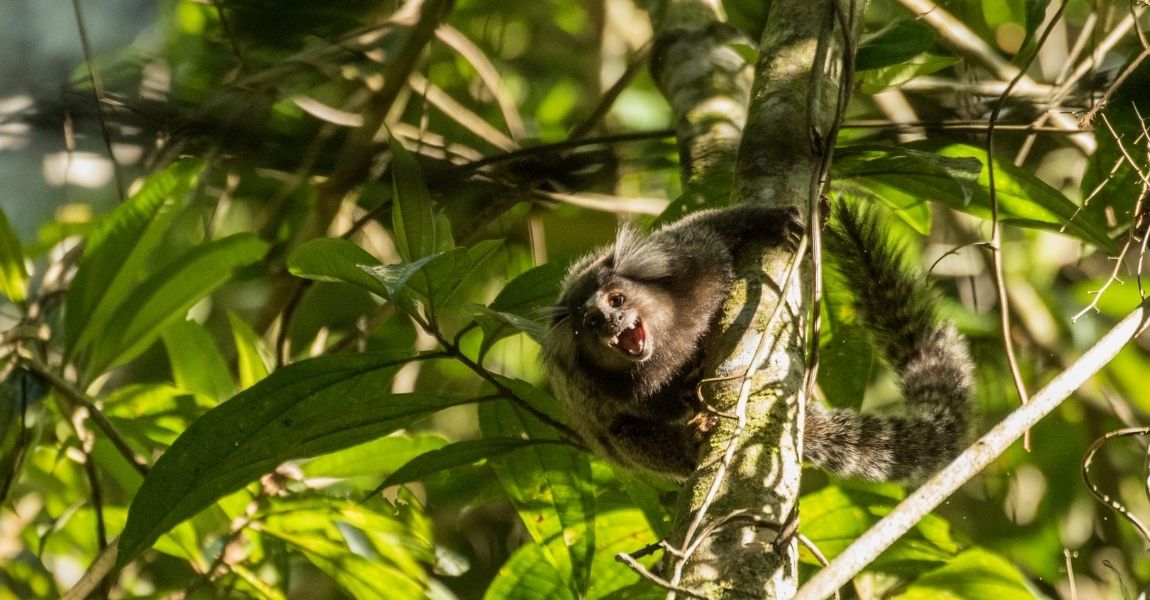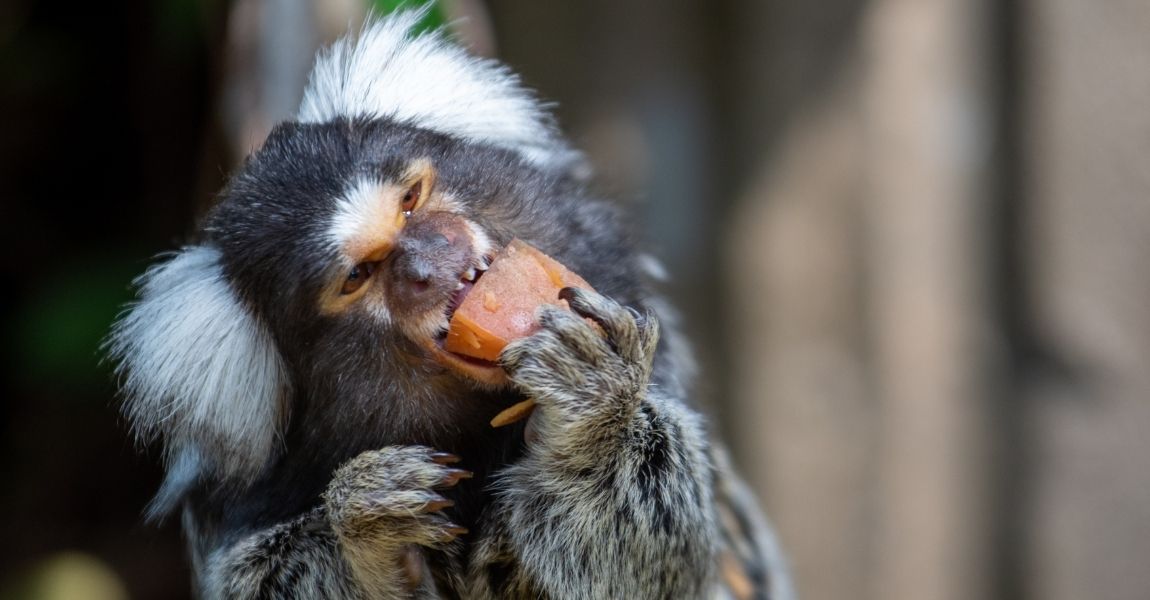Common Marmoset (Callithrix jacchus): A Comprehensive Guide
The common marmoset (Callithrix jacchus), also known as the white-tufted marmoset or white-tufted-ear marmoset, is a captivating small primate native to South America. This informative guide will cover everything you need to know about this fascinating species, from its physical description and social behaviors to its suitability as an exotic pet. Whether you're curious about their natural habitat or considering keeping one as a pet, this guide offers detailed insights into the common marmoset's life.
Taxonomy and Classification
The common marmoset belongs to the primate order and the Callitrichidae family, which also includes other small New World monkeys like tamarins. The scientific classification is as follows:
- Kingdom: Animalia
- Phylum: Chordata
- Class: Mammalia
- Order: Primates
- Family: Callitrichidae
- Genus: Callithrix
- Species: Callithrix jacchus
Physical Description
Common marmosets are notable for their distinct appearance. They are small, with an average body length of 20-23 cm (excluding the tail) and a weight of about 250-400 grams. Key features include:
- Coloration: Gray fur with specks of brown and pinkish skin on the face.
- Ear Tufts: White tufts of fur surrounding the ears, giving them their nickname.
- Other Features: Claw-like nails, aiding in climbing and clinging to tree trunks.
Habitat and Distribution
Common marmosets are native to the Atlantic coastal forests of Brazil but have been introduced elsewhere. Their natural habitats include:
- Geographical Range: Found predominantly in eastern Brazil, from Bahia to Rio de Janeiro.
- Environmental Preferences: Adaptable to secondary forests, scrublands, and urban areas.
Behavior and Social Structure
These primates are highly social, living in groups of 3-15 individuals. Their behaviors include:
- Group Dynamics: Cooperative care of young and social grooming strengthen bonds.
- Communication: Vocalizations, facial expressions, and body postures are used for communication.
- Daily Routine: Diurnal habits include foraging, grooming, and resting.
Diet and Feeding Habits
Common marmosets have a varied diet, including:
- Insects and Small Vertebrates: Spiders, lizards, and birds.
- Tree Sap and Gum: Accessed using their specialized incisors.
- Fruits and Flowers: Providing essential nutrients and energy.
Reproduction and Lifespan
The reproductive cycle of common marmosets is fascinating, characterized by:
- Mating Behaviors: Generally monogamous, with dominant pairs as primary breeders.
- Gestation: Lasting 144-152 days, typically resulting in twins.
- Lifespan: 10-12 years in the wild and up to 16 years in captivity.
Unique Adaptations
Adaptations include:
- Dental Adaptations: Specialized incisors for accessing tree sap.
- Claw-Like Nails: Useful for clinging to trees and efficient navigation.
Interaction with Humans
Common marmosets are popular as exotic pets, but they have specific care needs:
- Pet Ownership: Engaging personalities but complex care requirements.
- Pros and Cons: Social and bond-forming, but territorial and demanding.
- Regulations: South African ownership requires compliance with wildlife laws.
Conservation Status
The IUCN lists common marmosets as "Least Concern," but threats include:
- Habitat Destruction: Due to deforestation.
- Pet Trade: Contributing to population pressures.
- Conservation Efforts: Focused on habitat protection and breeding programs.
Care in Captivity
Proper care for captive marmosets includes:
- Housing: Large, enriched enclosures with climbing structures.
- Diet: Fresh fruits, vegetables, insects, and specialized marmoset food.
- Healthcare: Regular vet visits and proper nutrition to prevent diseases.
- Social Needs: Interaction with humans or other marmosets is essential.
Interesting Facts
- Opposable thumbs, though less developed than larger primates.
- Regularly bear twins, aiding species survival.
- High-pitched vocalizations often beyond human hearing range.
The common marmoset is a fascinating species with unique traits. While their personalities make them appealing as pets, their care demands are significant. Research thoroughly before deciding to keep one, and always ensure legal compliance. Conservation efforts remain vital to preserving their natural populations.








